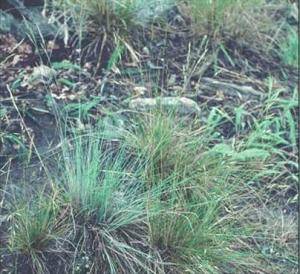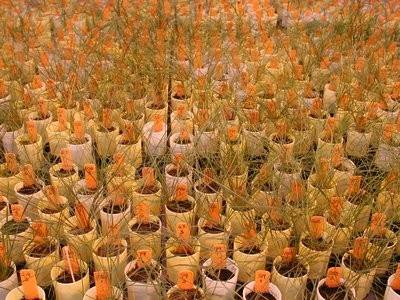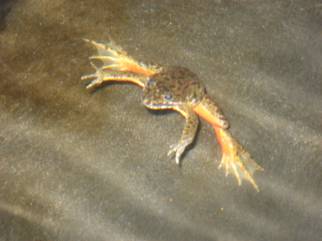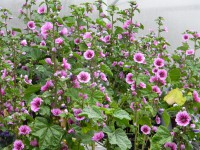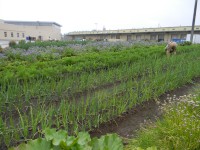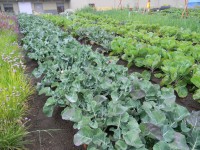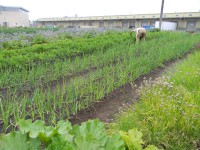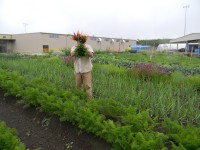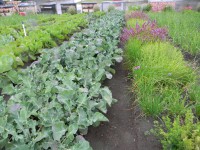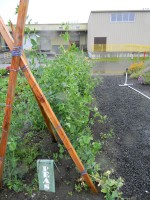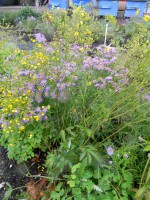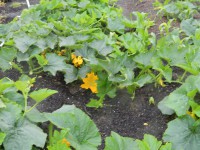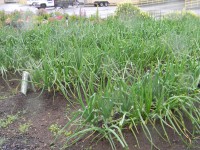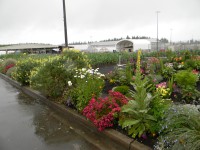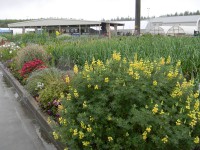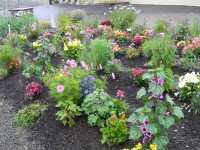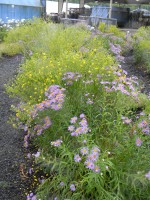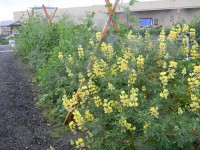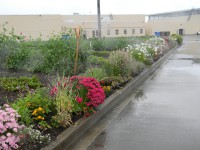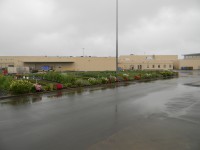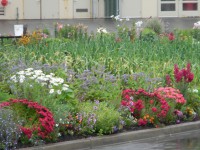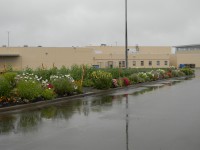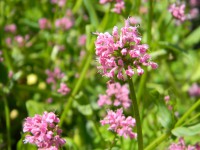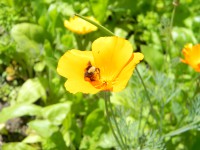By Melissa R. Johnson, Administrative Assistant, Washington Corrections Center for Women
 Gig Harbor, Wash.—Emphasizing the importance of sustainability, the horticulture program at Washington Corrections Center for Women provides an opportunity for offenders to enroll as Tacoma Community College students in order to learn job skills and gain important experience in nursery operations and floral design. So far this year, the gardens have produced 9,365 pounds of vegetables that were harvested and then prepared and served in the offender kitchen—and it’s still growing.
Gig Harbor, Wash.—Emphasizing the importance of sustainability, the horticulture program at Washington Corrections Center for Women provides an opportunity for offenders to enroll as Tacoma Community College students in order to learn job skills and gain important experience in nursery operations and floral design. So far this year, the gardens have produced 9,365 pounds of vegetables that were harvested and then prepared and served in the offender kitchen—and it’s still growing.
“This is one of the most gratifying jobs I have ever had,” said program director Ed Tharp. “One of the things I enjoy the most is seeing the ladies succeed when they get out.”
The facility’s horticulture department employs 10 students as teacher assistants who are responsible for the planting and harvesting of the gardens. Currently 51 students are enrolled in horticulture and 14 are enrolled in organic farming. Horticulture students learn about sustainable gardening, vegetable gardening, plant propagation, commercial greenhouses, floral design, floral shop operation and integrated pest management, just to name a few. Organic farming students have the opportunity to work on an outside crew at Mother Earth Farm, an organic farm in Puyallup.
Canyon Little, Mother Earth Farm manager, said her farm has been able to produce about 148,000 pounds of organic fruits and vegetables on nearly eight acres of land in the Puyallup Valley. She told Tharp she was “impressed with how hard each of the offenders worked on every visit, and how they were eager to apply the knowledge they’ve acquired through their education.”
 “Because each offender demonstrated a high capacity of responsibility for day-to-day farm activities, I decided to assign special projects for each lady,” Little said. “The project idea was a way for the offenders to take ownership of the farm, learn something new and educate each other on their respective projects. Being a part of the learning process was an enriching experience as a manager, and I look forward to working with Washington Corrections Center for Women to explore new boundaries, build knowledge and experiences and work together to fight hunger.”
“Because each offender demonstrated a high capacity of responsibility for day-to-day farm activities, I decided to assign special projects for each lady,” Little said. “The project idea was a way for the offenders to take ownership of the farm, learn something new and educate each other on their respective projects. Being a part of the learning process was an enriching experience as a manager, and I look forward to working with Washington Corrections Center for Women to explore new boundaries, build knowledge and experiences and work together to fight hunger.”
Mother Earth Farm works with the Emergency Food Network by supplying fresh produce to 74 local food banks, hot-meal sites and shelters in Pierce County. Other produce was sent to the Cannery Project in Kent, which converted the donations into more than 1000,000 cans of fruits and vegetables.
Washington Corrections Center for Women is excited to see what next year will hold. Next year’s garden is already planned and the seeds are ordered.
